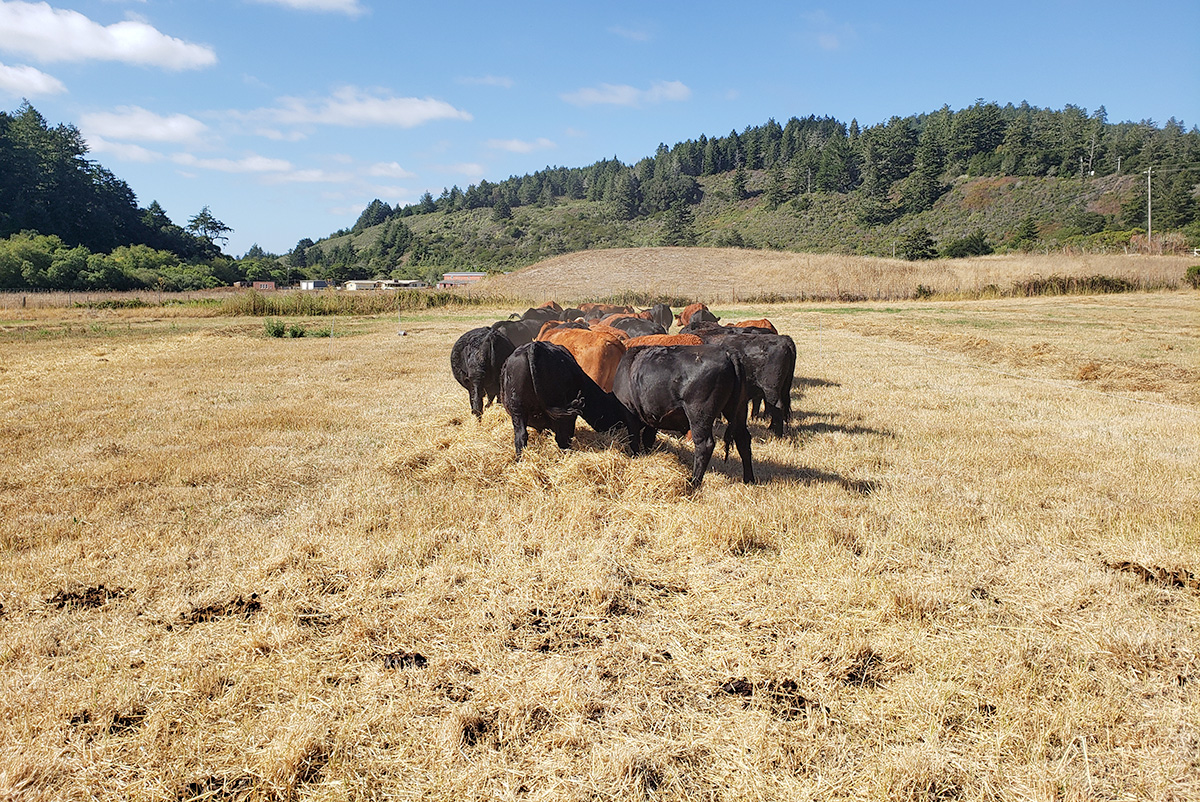At TomKat Ranch, our livestock are a tool we use to regenerate the ranch’s ecosystems and repair the natural cycles (water, mineral, energy, and community dynamics)
Swath Grazing Trial 2022
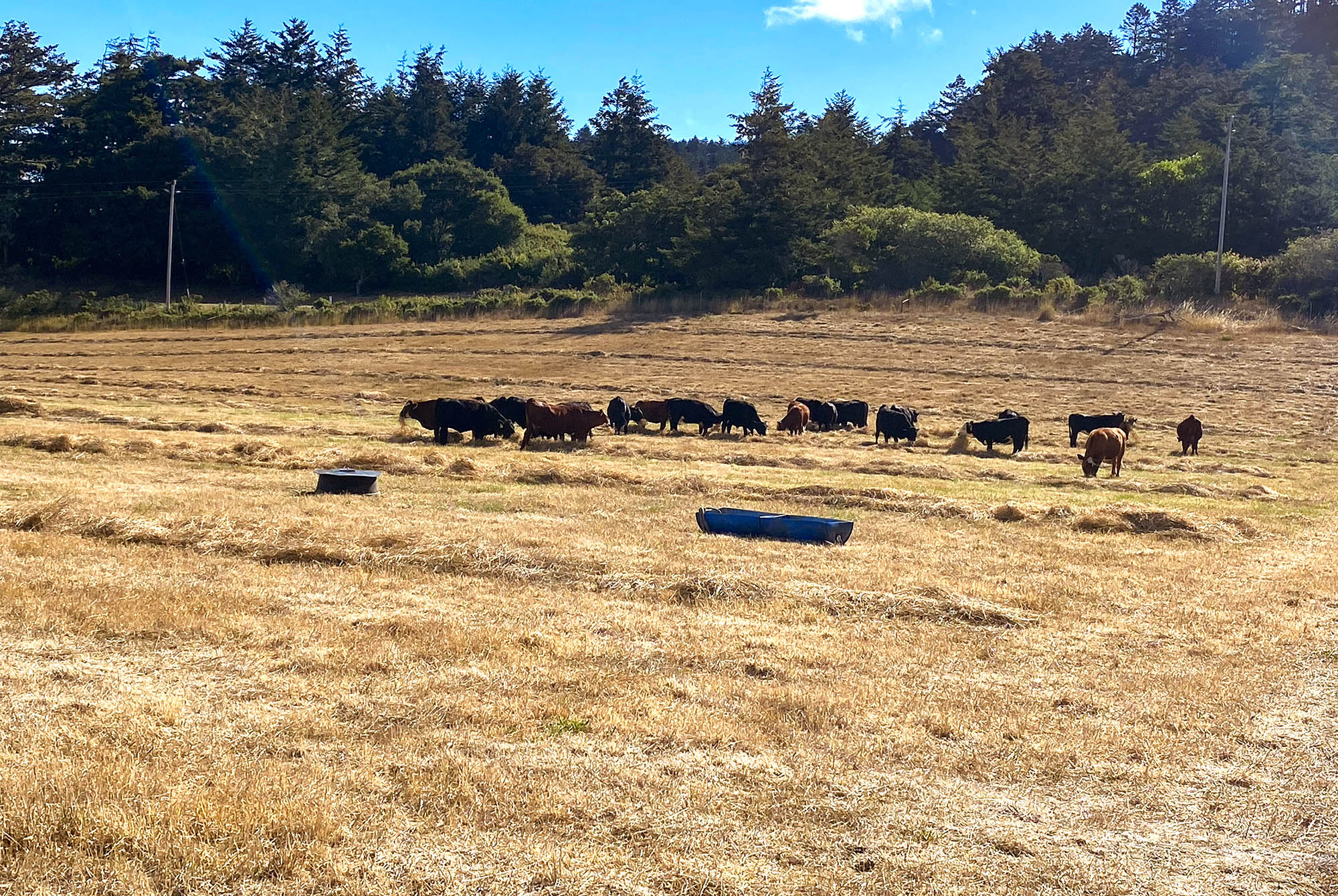
09/07/2022
By: Mark Biaggi
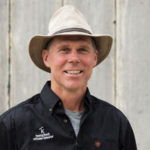 At TomKat Ranch, our livestock are a tool we use to regenerate the ranch’s ecosystems and repair the natural cycles (water, mineral, energy, and community dynamics), guided by regenerative principles—maximize diversity, minimize bare ground, maximize ground cover, maintain a living root—and deeply rooted in our context. We are often experimenting with grazing and management practices we hear about from grazers around the world.
At TomKat Ranch, our livestock are a tool we use to regenerate the ranch’s ecosystems and repair the natural cycles (water, mineral, energy, and community dynamics), guided by regenerative principles—maximize diversity, minimize bare ground, maximize ground cover, maintain a living root—and deeply rooted in our context. We are often experimenting with grazing and management practices we hear about from grazers around the world.
In June 2021, we implemented a “safe to fail” swath grazing trial intended to improve utilization of available forage and pasture health. Swath grazing is a practice where forage is cut as hay and left in the field (windrowed) as stored feed during the non-growing season. The process of drying forage is similar to that of sundried tomatoes—cut the high quality grass, dry it in the sun, and it is preserved to eat later in the season. To test this method in our Mediterranean context, we selected our “Front Field”, a Harding grass-dominated, brush-free pasture, flat enough to access and operate a tractor and mower.
Harding grass is a perennial cool season grass that becomes unpalatable at the end of the cool season (beginning in June at the ranch). When Harding grass is not grazed or cut for hay, over time it will shade out other plants due to its vigor thus reducing the plant diversity of a pasture.
Any plant that is present on the ranch is here because the conditions are such that it can thrive (i.e., plants, native or introduced, adapted to our climate). Whatever is growing, our aim is to prepare the land to absorb and hold rainfall, and continually cycle nutrients to build healthy soils. Across the ranch, roughly 10-20% of the pastures are dominated by Harding grass, particularly in more productive fields where more moisture is present, so we got curious: How might we manage Harding grass so more plant diversity could thrive? How could we increase the time Harding grass is nutritional and palatable to our herd?
After our swath grazing trial last year, the Spring 2022 regrowth on the “Front Field” was phenomenal in terms of species diversity and volume (see photo below).
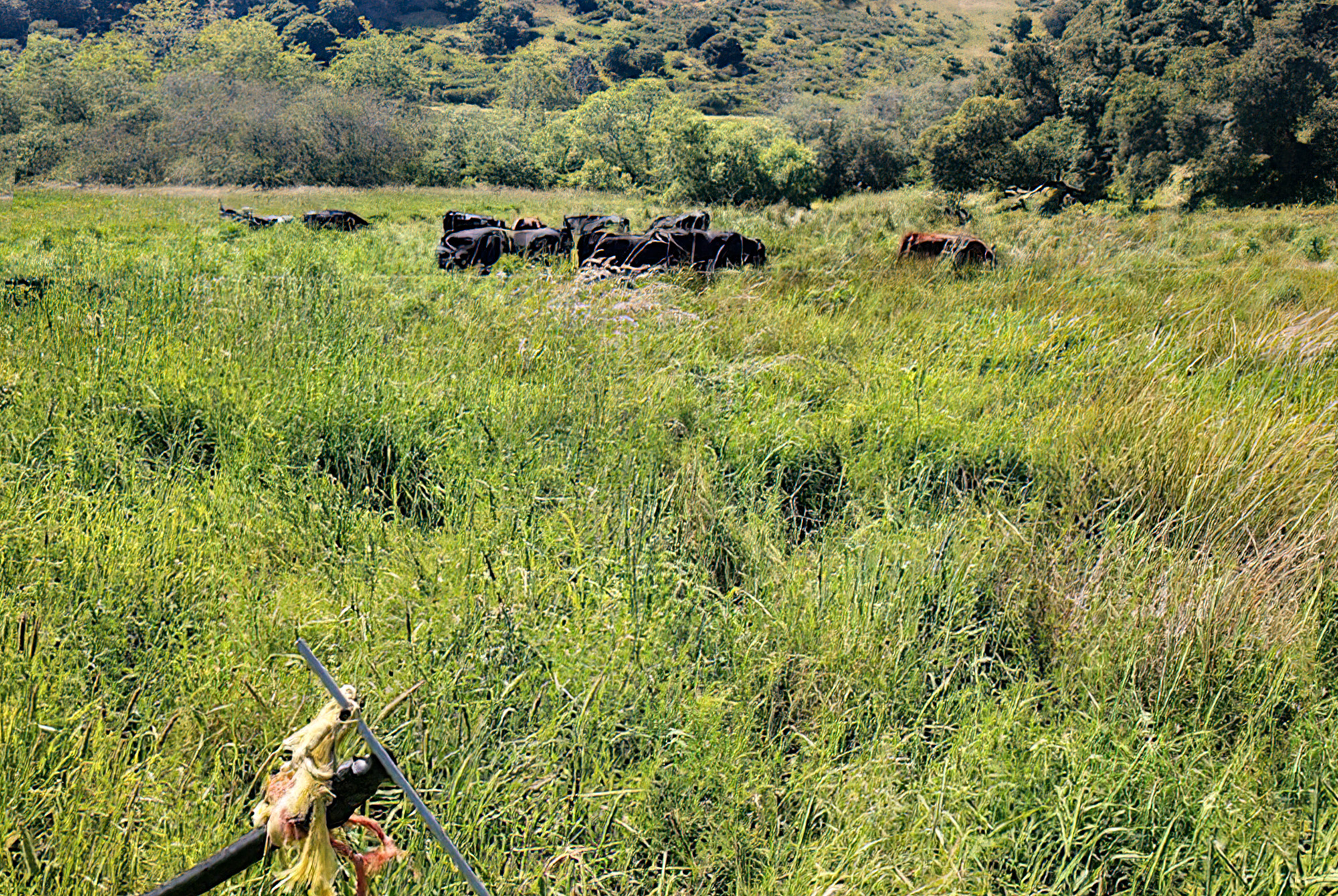
This year, in addition to tracking results from the 2021 trial, we decided to try swath grazing in a field we lease from Root Down Farm to see if we could duplicate the results.
Usually by August each year, the palatability and nutrition of this Harding-grass-dominated pasture declines dramatically. Root Down Farm managed pastured hogs in roughly 60% of the field during summer of 2021. The hogs had a positive impact on the field, breaking down lignified grasses and incorporating litter into the soil, yet it continued to be dominated by Harding grass.
We followed a similar pattern to our 2021 trial, slightly adapted to incorporate the other livestock present at Root Down Farm. We grazed the cattle in the spring, cut the still nutritious and palatable regrowth to store for late summer, and left it to dry. The dried forage was raked into windrows and placed more than 30 feet apart to allow Root Down Farm’s pastured poultry houses to move through the field, adding even more organic material and goodness to the soil.
While this sequence was not set up as a measured trial, the results we have seen thus far are similar to results from swath grazing in 2021: utilization is up, cattle seem very satiated, weight gains have been excellent, exceeding previous summer months in this pasture. Given what we have seen now in both 2021 and 2022, we will likely expand this project in 2023 to continue to learn about the benefits of this practice for the soil, the pastures, and the livestock.
ONE MORE NOTE: Nothing in nature or agriculture operates in a vacuum; there are always many factors. During this trial, we have been feeding a supplement to the cattle. It’s not the typical dry season protein tub lick but a lick designed specifically to meet American Grassfed Association (AGA) requirements. The contents feed the bacteria of the cows’ gut so they can more easily digest dried forages and convert lignified plant matter into energy. How much is the supplement influencing the cattle in this trial? As of this writing, we assume it is a strong influence given their behavior and performance.
We are excited to share what we are learning and engage with others to ask questions and get feedback. Nature is complex with many overlapping, interconnected circles of influence. So far in these trials, we believe that adaptive grazing coupled with swath grazing and the feed supplement is improving our herd’s ability to produce highly nutritious protein while helping to heal the mineral, energy, and water cycles of the land. We are using what the land gives us and are excited to see what the rains bring; we will keep you updated on any changes in the field.
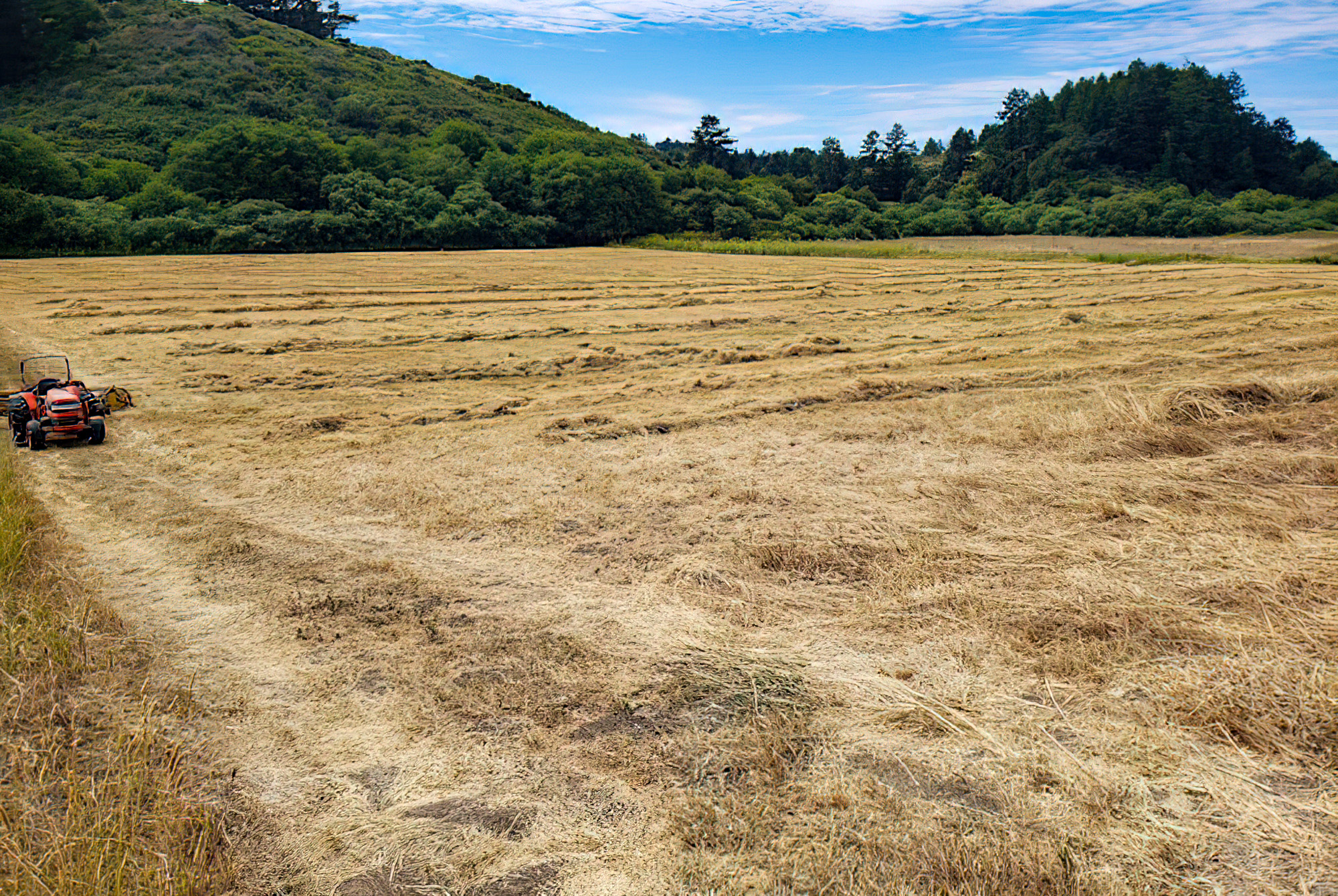
Windrows were cut more than 30 feet apart to allow Root Down Farm’s pastured poultry houses to move through the field.
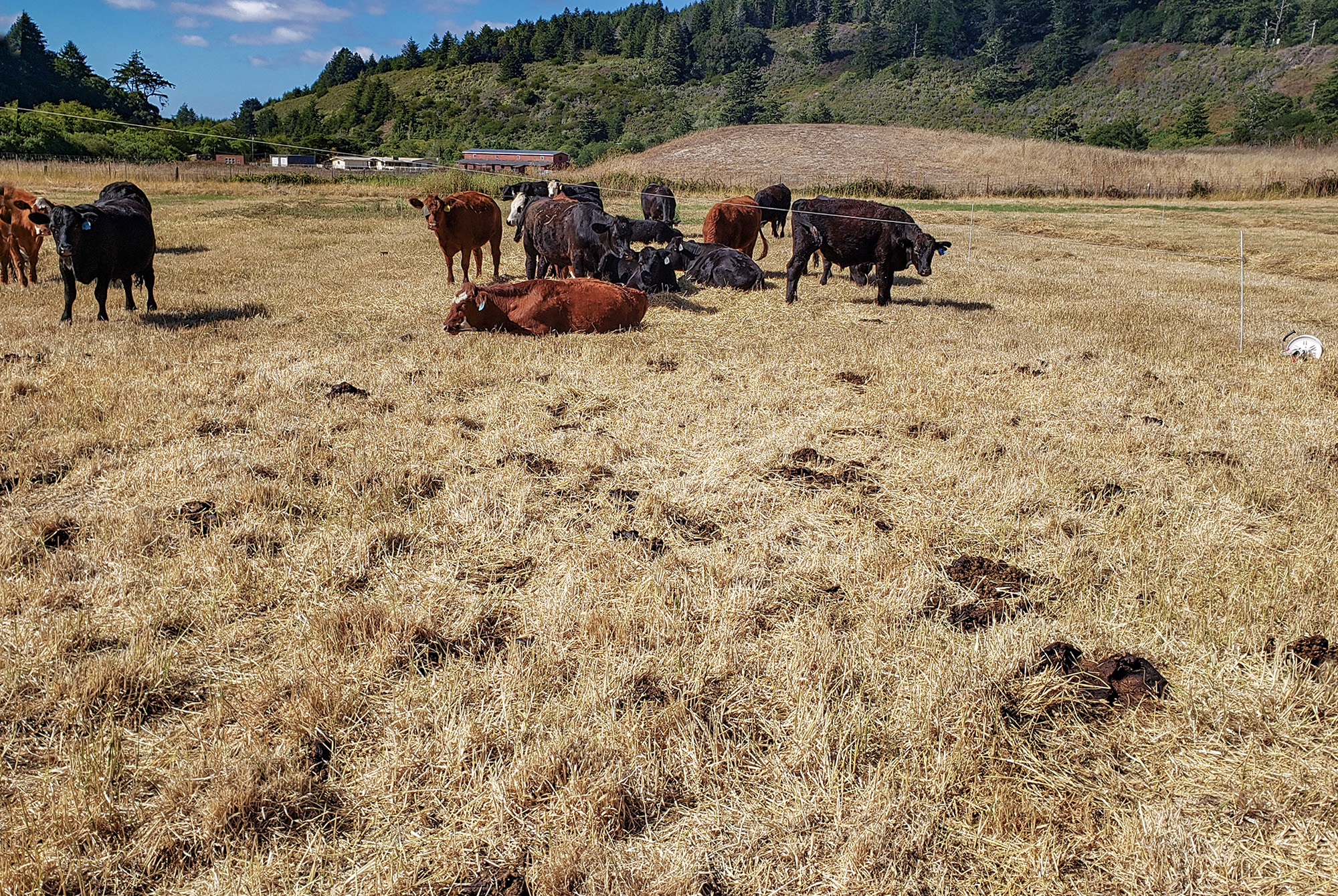
(Above) After only a few hours of grazing, the cattle are full (thus lying down or standing and ruminating) with more feed still in front of them and great manure distribution to feed soil microbes.
(Below) When the cows get access to a new windrow, they are immediately active even though they seem full. Note again the great distribution of manure in the foreground to feed soil microbes!
